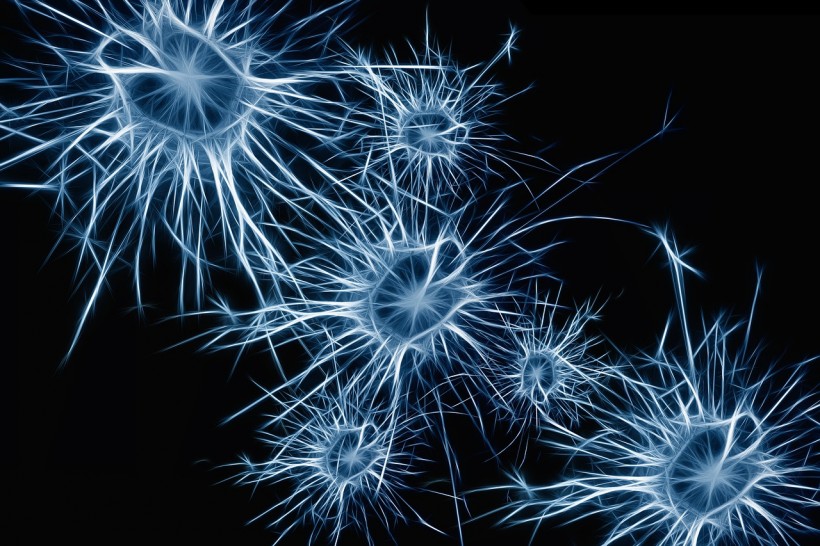A team of researchers from the University of Southern California has filmed the live brains of zebrafish using a tailored microscope to study how memories are stored in the brain. They observed that neurons light up as new synapses are created or deleted when making connections between neurons.
For the past four decades, it has been common knowledge that synapses are strengthened when learning new things. But the experiment showed that it is not the case.

How Are Memories Stored? Tailor-Made Microscope Showed How Brain Cells Create New Synapses in Groundbreaking Study
New Method Showed How Memories Are Formed
The ongoing study of USC researchers used zebrafish because their brains are similar to humans at the genetic and cellular levels, MailOnline reported. They specifically used the young ones because they are transparent, so they can see how living brains work.
Researchers tracked the fish's brain activity using the tailored microscope that can label synapses without changing their structures or function, which is impossible with other tools. Using the new tool, they were able to conduct a breakthrough study on the brains of the fish and compare synapses, and identify synaptic changes.
Study lead author Professor Don Arnold said in a press release that they saw a dramatic change in the number of synapses in which some either disappeared or formed during the experiment. They did not expect that there would be no changes in the strengths of synapses.
The study showed that negative memories form in the amygdala, the part of the brain responsible for the fight and flight reaction. Based on the results, researchers hypothesized that there are few changes in existing synapses' synaptic strength because associative memories are more robust than other memories stored in the hippocampus.
Through this experiment, they think they could help show how memories are stored and why some memories seem to be more powerful than others. For instance, people with post-traumatic stress disorder (PTSD) and neurodegenerative disorders could benefit from this study.
ALSO READ: Learning to Drive and Navigate Significantly Changes the Brain
Learning and Experience Changes Brain Structure
Neuroplasticity or brain plasticity refers to the ability of the brain to change and adapt as a result of gaining new learnings or experiences. This occurs when nerve cells either make new connections or previous connections disappear.
According to Very Well Mind, humans experience rapid brain growth as a child in which every neuron on their cerebral cortex can make an estimated 2,500 synapses during the early years of their life. At the age of three, these connections become 15,000 synapses per neuron.
However, adults would have half the number of that synapses because they could either be strengthened or eliminated. This process is known as pruning. But in the new study, researchers failed to see this happen as synapses were not strengthened when they formed new memories.
Through neuroplasticity, people can enhance existing cognitive capabilities, strengthen some areas of function, improve and promote brain fitness, and recover from traumatic brain injuries.
RELATED ARTICLE: Neuroplasticity-Inspired Novel Computing Device Can Reconfigure, Store Memories Like Human Brain
Check out more news and information on Neuroscience in Science Times.














